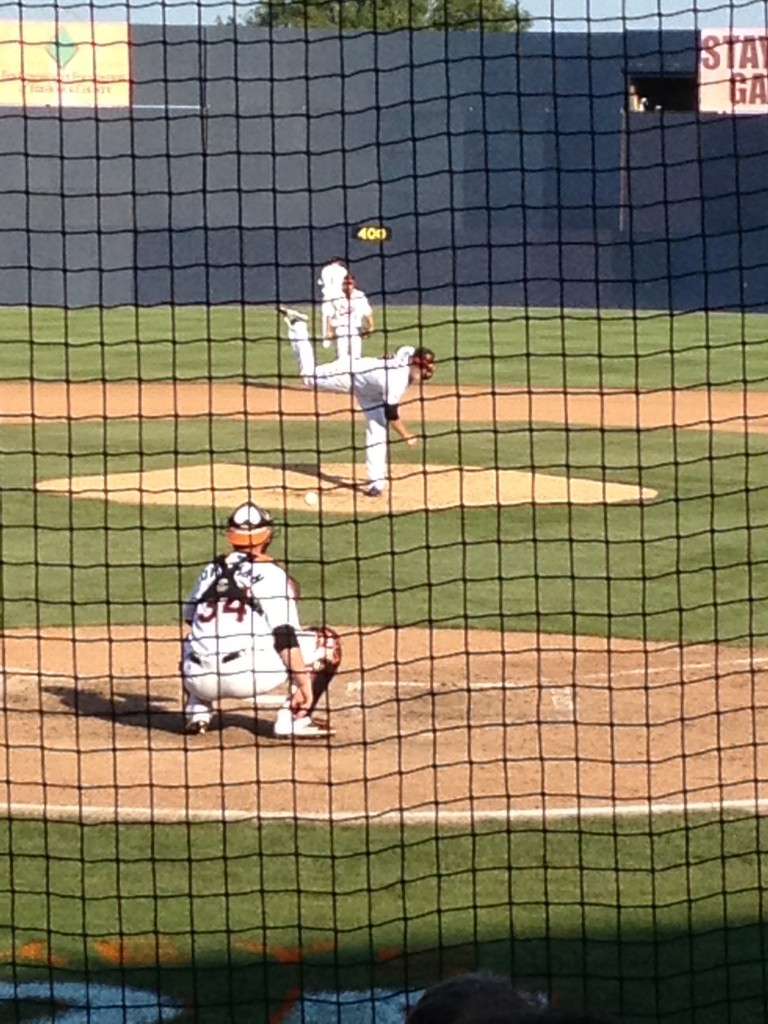In somewhat interesting timing during this challenging season, the Washington Nationals on Monday acquired left-handed hitting outfielder David DeJesus from the Chicago Cubs in exchange for a Player To Be Named Later. In related news, in order to open a spot on the Washington’s 40-man roster for DeJesus, the Nationals announced Monday afternoon they had released struggling outfielder Roger Bernadina. This marks the second trade between the teams this summer, as the Nationals sent minor league pitcher Ivan Pineyro to Chicago in exchange for outfielder Scott Hairston earlier in June.
DeJesus has struggled with a shoulder injury this season which has limited him to only 84 games played, and has caused his numbers at the plate to suffer, batting only .250/.330/.401 in 2013. For his career, the 33-year-old DeJesus is a .279/.354/.417 hitter, who is generally regarded as a quality base runner and capable of playing all three outfield positions. Defensively, DeJesus has the reputation as an above-average defender in both left and right field, but below-average in center field. The 11-year veteran is owed about $1 million in salary through the rest of this season, and has a team option for 2014 worth $6.5 million with a $1.5 million dollar contract buyout.
DeJesus’ arrival forced the Nationals to part with long-time organization member and popular player Roger Bernadina. Formerly the longest tenured player in the Nationals organization, Bernadina signed with Montreal back in 2001 and was a fan favorite who developed the moniker The Shark or Sharkadina.
After a terrific season in a reserve role in 2012, Bernadina never found his groove and struggled this season, hitting only .178/.247/.270 in 2013. A talented but maddeningly inconsistent player with obvious skills, the 29-year-old Bernadina could benefit from a change of scenery, which should happen quickly once he clears waivers. Bernadina is a major league quality player but unfortunately his inability to make consistent contact limits his ceiling to a reserve outfielder.
Rumors have surfaced since the trade occurred Monday that the Player To Be Named Later in this trade will actually consist of a small sum of money, making this move more accurately resemble a waiver claim. Assuming these reports are correct, it is difficult to find fault in this move for the Nationals, who find a sizable upgrade from Bernadina to improve their woeful bench the rest of this season and acquire an asset going forward: a league-average, consistent left-handed hitting outfielder under contract for 2014 for $6.5 million dollars.
Considering the expectation of rich spending in the free agent market this offseason and the current dearth of quality all-around outfielders across baseball, DeJesus represents excellent, but expensive depth for the Nationals bench in 2014 or a viable trade candidate going forward. Either way, DeJesus makes the Nationals a better team both today and in the future, as he is a more complete player compared to Bernadina.
Some will criticize this move as “too little too late”, but credit general manager Mike Rizzo for continuing to try and improve the roster, while also shrewdly acquiring a potential future asset for a relatively negligible cost. This trade benefits the organization both in the short-term and the long-term, making it one of my favorite Nationals moves in recent memory.
NatsGM Grade -> A- / B+




